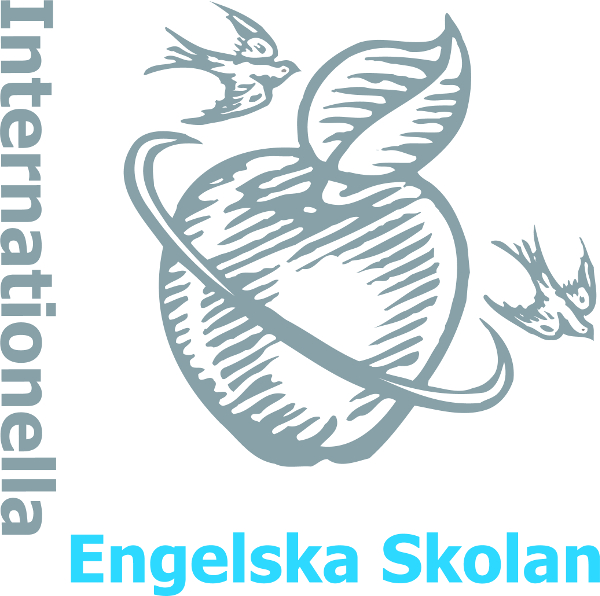A really short history of nearly everything / Bill Bryson.
Materialtyp: TextUtgivningsinformation: New York : Delacorte Press, [2009], c2008.Utgåva: 1st U.S. edBeskrivning: 169 p. : ill. (chiefly col.), col. maps; 29 cmISBN:
TextUtgivningsinformation: New York : Delacorte Press, [2009], c2008.Utgåva: 1st U.S. edBeskrivning: 169 p. : ill. (chiefly col.), col. maps; 29 cmISBN: - 9780385738101
- 0385738102
- Q163 .B875 2008
| Exemplartyp | Aktuellt bibliotek | Hyllsignatur | Status | Förfallodatum | Streckkod | Exemplarreservationer | |
|---|---|---|---|---|---|---|---|
 Printed book
Printed book
|
IES Arsta | 500 - Science (Liknande titlar(Öppnas nedan)) | Tillgänglig | 9780385738101 | |||
 Printed book
Printed book
|
IES Arsta | 500 - Science (Liknande titlar(Öppnas nedan)) | Tillgänglig | 80064132438 | |||
 Printed book
Printed book
|
IES Arsta | 500 - Science (Liknande titlar(Öppnas nedan)) | Tillgänglig | 80060864471 |
Liknande IES Arsta titlar Stäng hyllsökare (Dölj hyllsökare)

|

|

|

|

|

|

|
||
| 500 - Science Så blir du bra på naturvetenskap / | 500 - Science A bee in a cathedral and 99 other scientific analogies / | 500 - Science A really short history of nearly everything / | 500 - Science A really short history of nearly everything / | 500 - Science A really short history of nearly everything / | 500 - Science Vetenskapens kvinnor : 50 orädda pionjärer som förändrade världen / | 500 - Science 100 fantastiska fakta om natur-vetenskap / |
Originally published: Newly illustrated, abridged, and adapted ed. London : Doubleday, 2008.
Adaptation of: A short history of nearly everything.
Includes index.
LOST IN THE COSMOS. Finding out about our planet -- Recipe for an explosion -- The Big Bang and what came next -- How DID you get here?? -- Cosmic radiation and you -- How far to the edge of the universe? -- Our vast solar system -- Looking for Pluto, the new dwarf planet -- Voyager expeditions -- Who's out there? Advanced life elsewhere in the cosmos? -- Reverend Bob Evans: the supernova searcher -- THE SIZE OF THE EARTH. Newton and gravity -- Measuring the earth and finding its circumference -- Earth's bulge: our planet is not a sphere -- Tracking Venus -- Weighing earth: gravity and Shiehallion -- Cavendish's calculations -- Finding earth's age: the new science of geology -- The stone-breakers: the Geological Society -- Lyell and tectonic plates -- Finding fossils: mapping Britain's rock layers -- Dating rocks: geological eras -- Tooth & clay: digging up strange bones -- Dinosaur hunters: "terrible lizards" -- Bones and earth's age -- Dalton weighs atoms -- Chemistry: adding to the elements -- The periodic table: Mendeleyev instills some order -- Marie Curie and deadly radiation -- A NEW AGE DAWNS. Einstein's theory of relativity -- Spacetime: time has a shape -- The Hubble space telescope -- Lead and CFCs -- Measuring meteorites -- DANGEROUS PLANET. Trilobites: Pangaea and the fossil record -- Crust crunching: the discovery of tectonic plates -- Where does all the sediment go? -- The fire below: the earth beneath our feet -- Mount S. Helens erupts -- Yellowstone Park: a volcano in waiting -- Measuring earthquakes -- Meteors and the KT extinction -- Asteroid hit: rocky objects heading for us? -- LIFE ITSELF. Our tiny patch: a comfortable place to be -- Earth's blanket: the atmosphere that protects us -- Wild and windy: earth's weather -- Hot-water bottle: the effect of the oceans -- Awash with water: a watery planet -- Down in the deep: living on the ocean floor -- Protein soup: oceans, where life started -- Battling bacteria: the coming of microbes -- The bacteria that feed on us -- Making you ill: infectious organisms -- You and your cells -- Adapt or die -- A runaway success: trilobites and other fossils -- Time to get started: earth's long pre-human history -- Out of the sea: when creatures took to the land -- Where did we come from? From reptiles to mammals -- Comings and goings: the great extinctions -- Labeling life: the classification of plants and animals -- Earth's unknown creatures -- Darwin on the Origin of species -- The quiet monk: Mendel and the study of genes -- One big happy family: inheritance and chromosomes -- Crick, Watson, and DNA -- THE ROAD TO US. Hot and cold: ice sheets and climate -- Living in an ice age -- Discovering early human remains -- Lucy: the most famous australopithecine -- From there to here: the rise of Homo sapiens -- Tool-makers: inventors of the first technology -- Humans take over: extermination and extinction -- What now? A polluted planet -- Goodbye: our planet and us.
Short, illustrated segments explore the history of science. Examines the "how" and the the "who" of scientific discovery. Explores the mysteries of time and space, and how, against all odds, life came to be on the wonderous planet we call home.- - Source other than Library of Congress.
Examines the "how" and the the "who" of scientific discovery. Explores the mysteries of time and space, and how, against all odds, life came to be on the wonderous planet we call home.- - Source other than Library of Congress.

